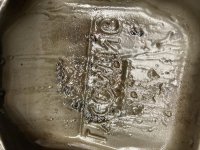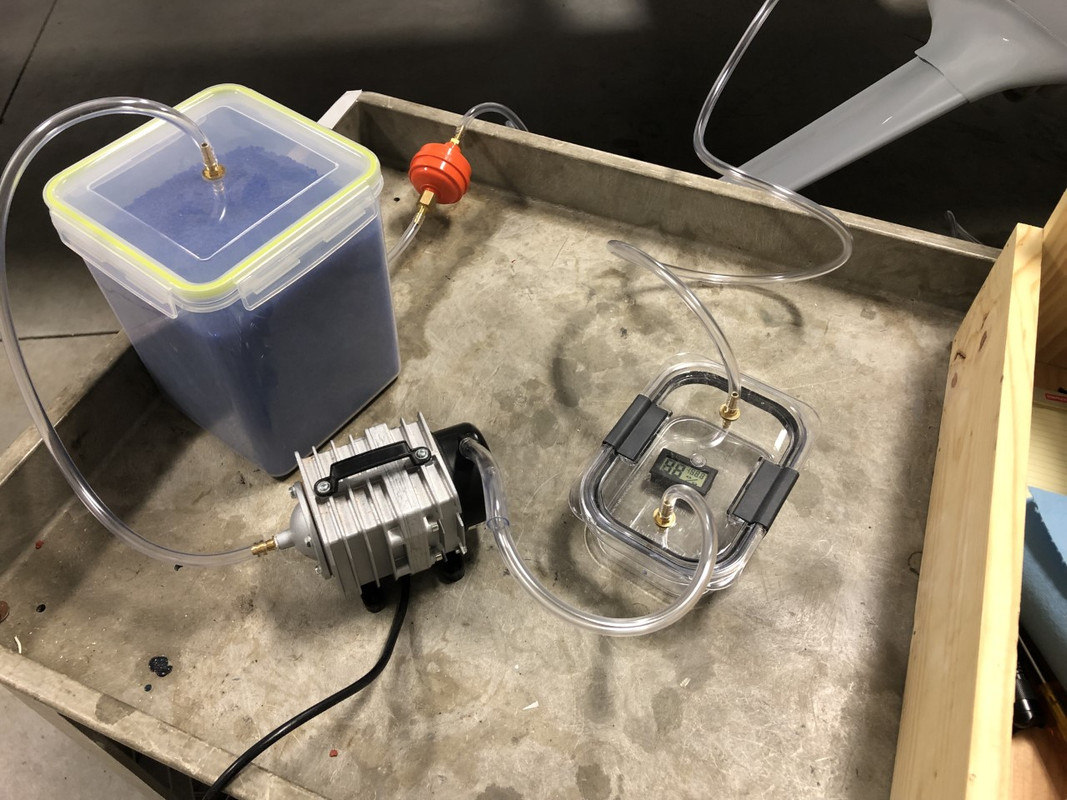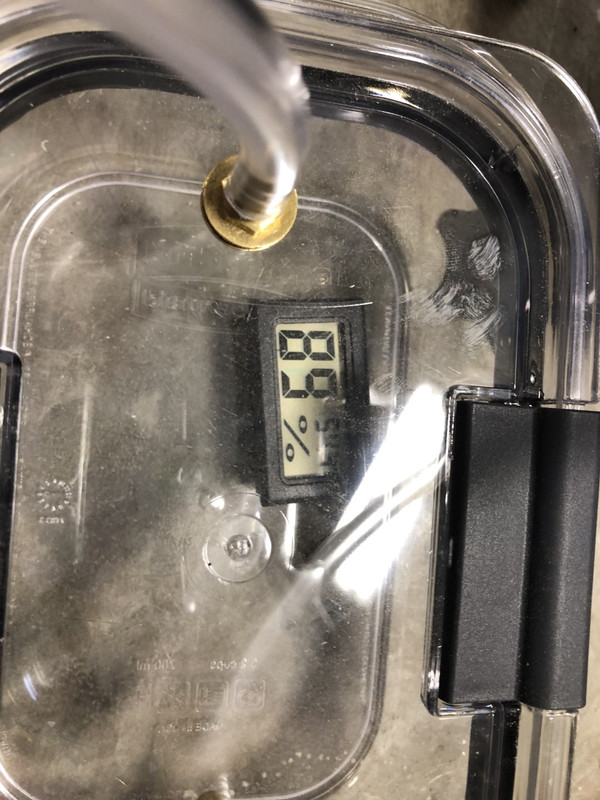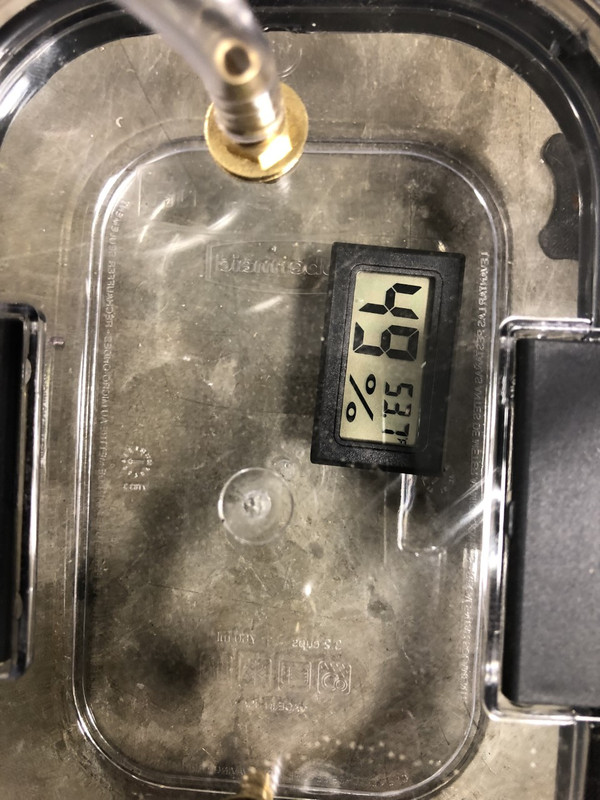Mojave Dehydrator Review
I've used the Mojave Dehydrator for about 2 years on a regular basis. Of course, can't be sure how preventative it is until you take the engine apart. I became a believer when I helped take apart an engine (not mine) that regularly used a homemade dehydrator AND never flew more than a couple hours a month, so it was considered a hangar queen. The engine was amazing clear of any corrosion even though it never flew. The exhaust and intake springs which usually have mild to severe corrosion looked brand new. So, when I got my engine back from overhaul, it was the first purchase I made (Mojave Dehydrator). I like the close system aspect because I plug in after flight, turn on the pump and watch the air temperature in the system rise and watch the humidity in the dehydrator case go from standard 10% up to around 60-80%. In about an hour or two, both temperature and humidity come down back to 10% and ambient temperature. This is my indication that it's working. It takes about 20 seconds to plug in the system and put the timer on for 6 hrs. When it's really humid out, I leave it plugged in constantly. I'm actually going to sell my Mojave system because I just spent the money for the Drybot system! Yes, its 10 times more expensive but I really like the concept behind the system of self-monitoring, self-regenerating and basically a plug and forget. I'll probably put up my Mojave system for $50 dollars so somebody else can put it to great use. More to follow on the Drybot, I finally saved enough of my pennies to afford the thousand + dollar price tag.








